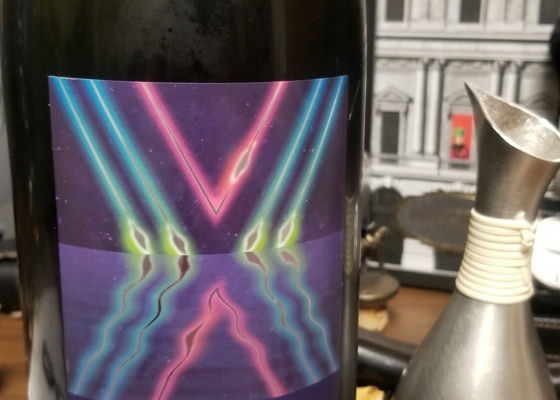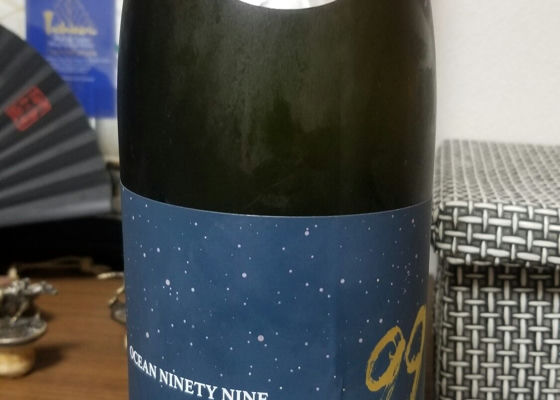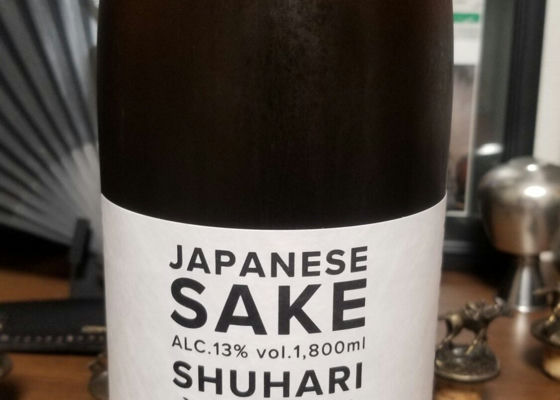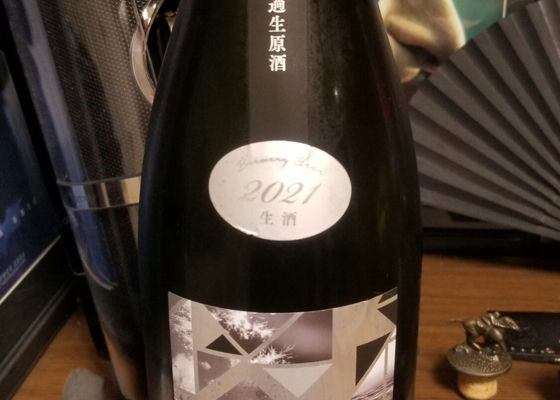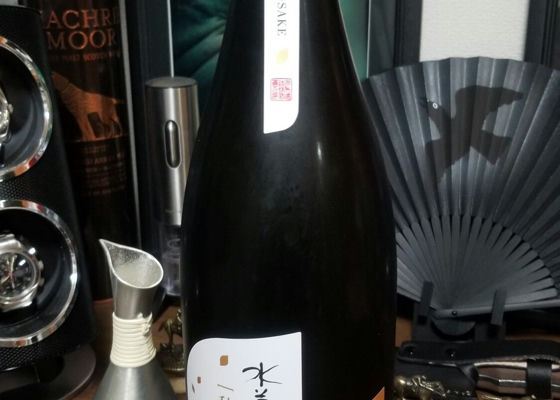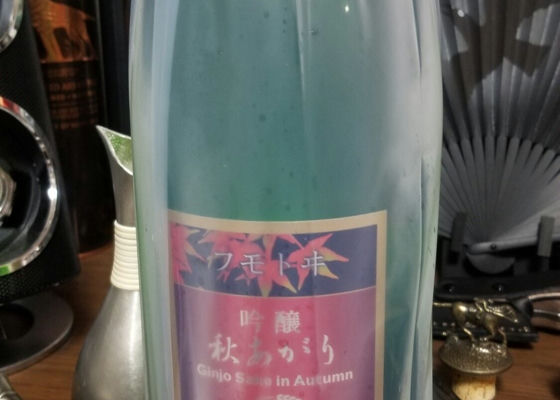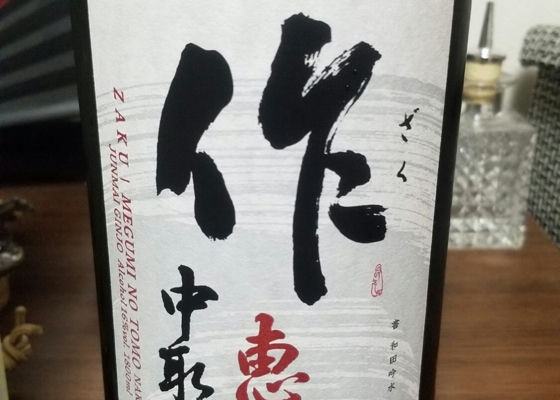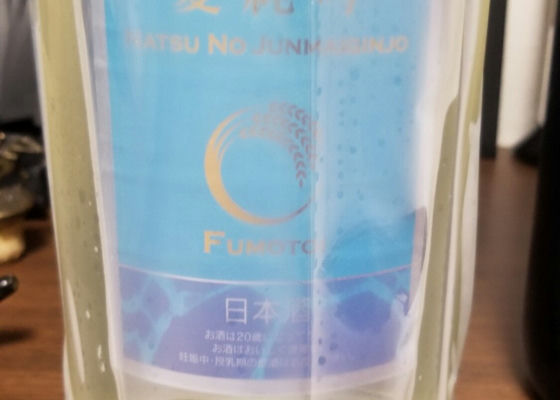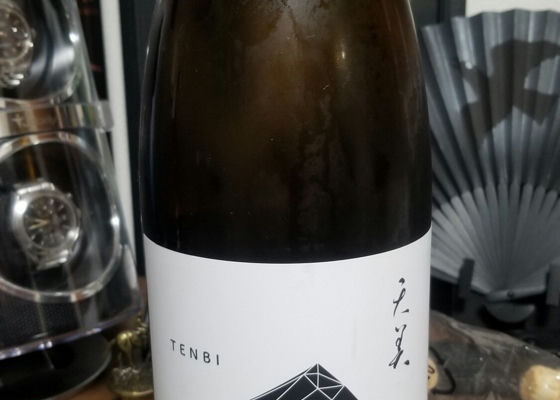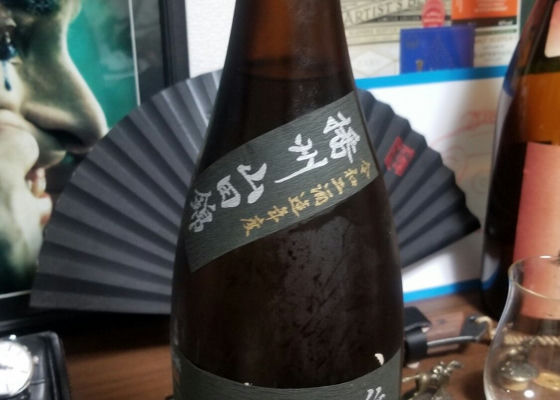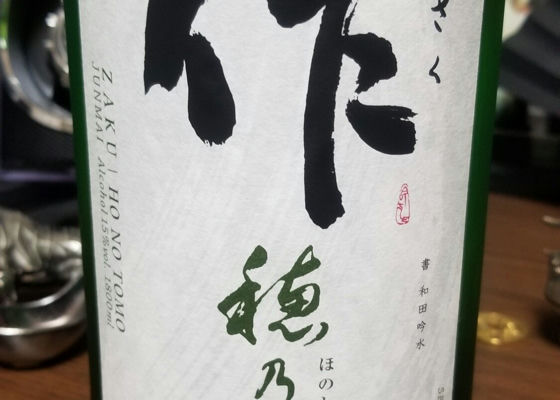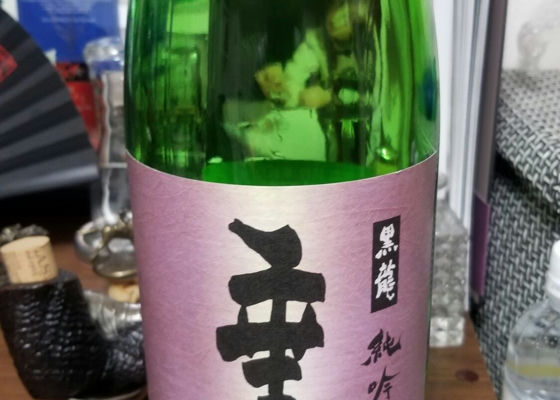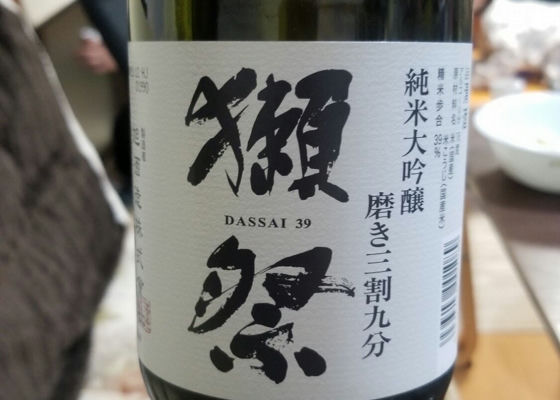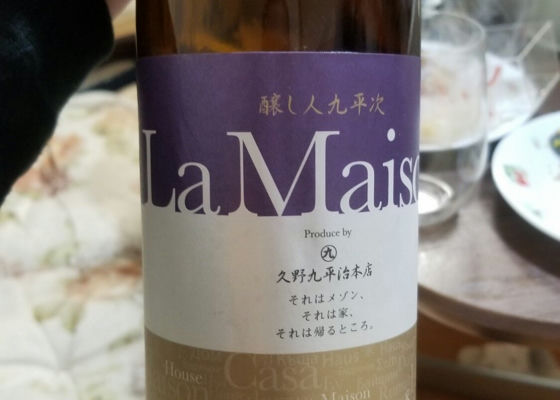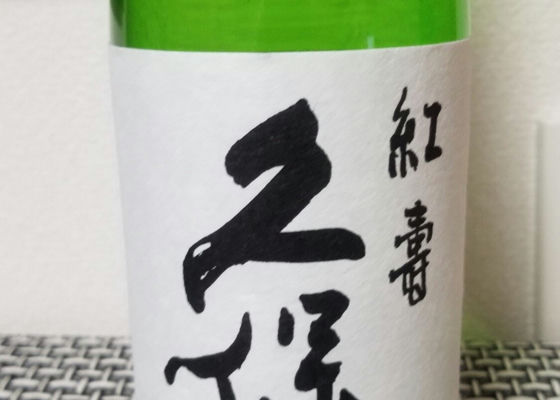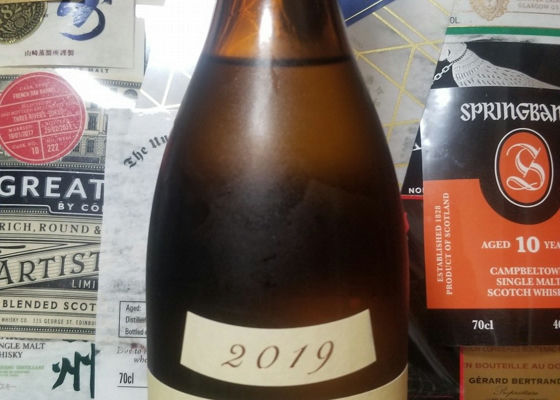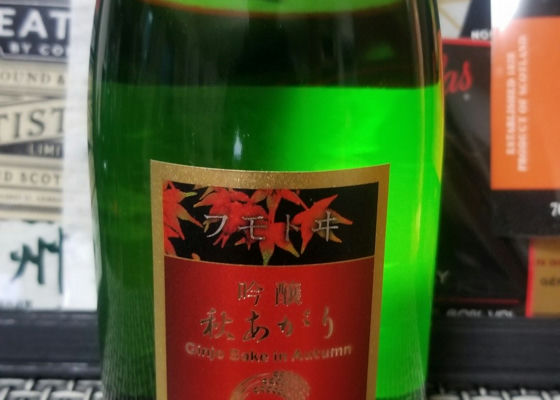Fusano Kankiku電照菊 純米大吟醸 無濾過生
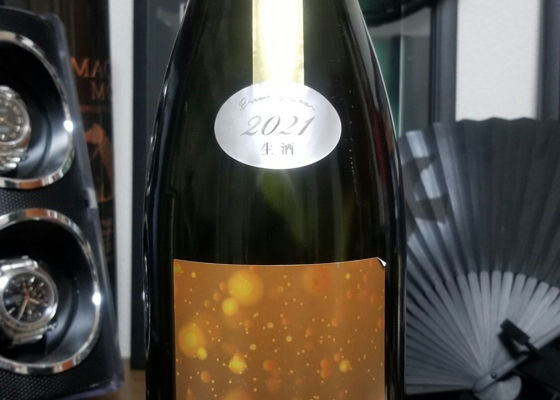
慎太郎
The color is almost transparent with a hint of yellow.
Smooth ginjo aroma reminiscent of cream, not unpleasant.
It has a cool crispness for a moment, and a flavor like a combination of honey and sugar cane bitterness.
The taste is sweet and delicious, with a bubbly feel that dances on the tongue.
The accent of bitterness reminds of aromatic wood.
The finish is thick and deep, with a mass of flavor that stays with you for a long time and lets you enjoy every taste.
The tongue can't forget the taste.
This is one of the most delicious wines I have ever tasted.
This is a bottle that paradoxically utilizes the richness of Yamadanishiki in a good way.
This is a deeply flavorful bottle that we recommend to all kinds of people.
Japanese>English
